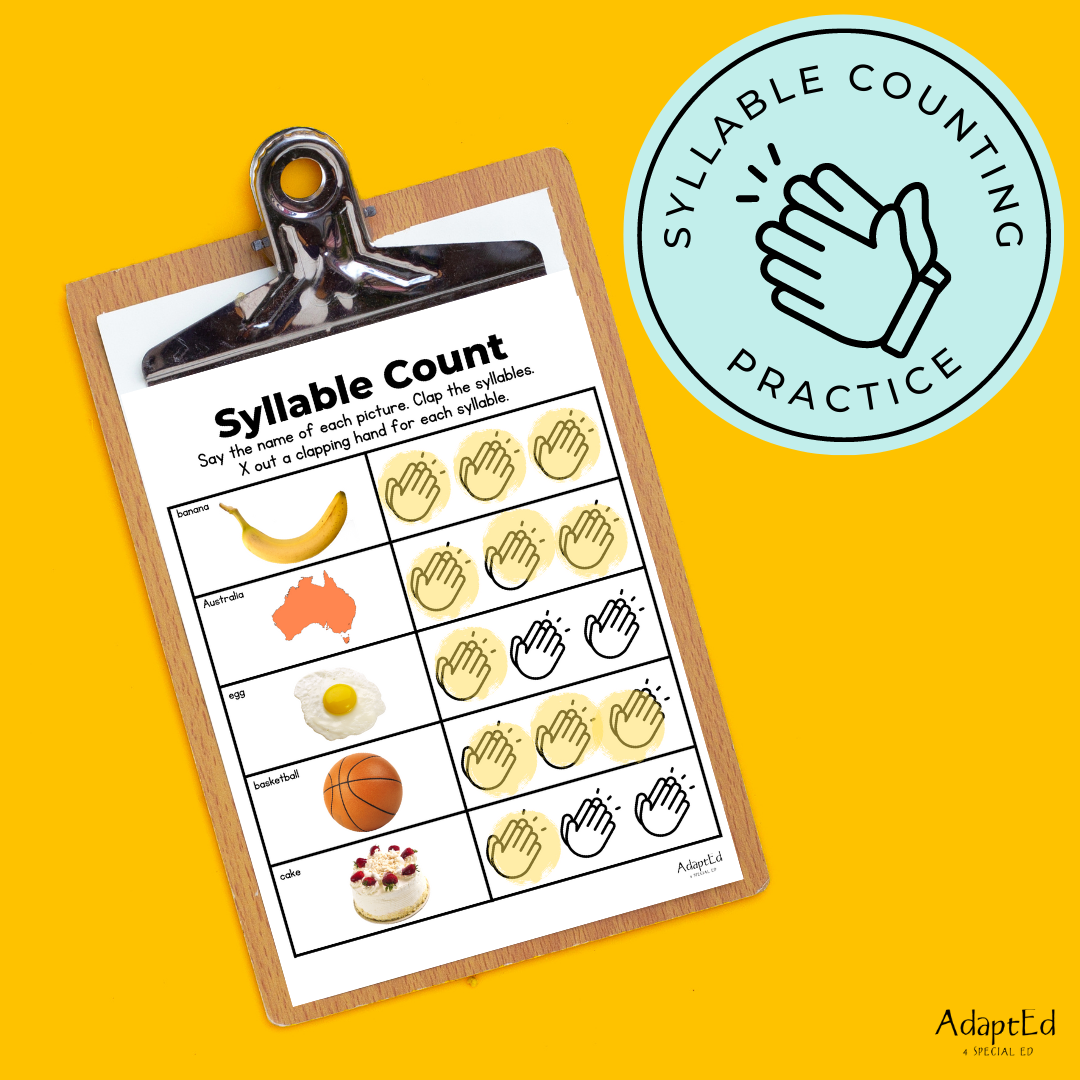Teaching reading to students with intellectual disabilities is one of the most important life skills a special education teacher can help their students acquire. For those with these kinds of disabilities, it can open up an entire world of opportunities, allowing them to take part in activities that otherwise would be difficult or even impossible. By teaching reading early on and starting with phonemic awareness skills, special education teachers can ensure their students’ success in the future[1].
Phonemic awareness helps individuals learn how to break down words into individual sounds and syllables, gain letter-sound knowledge, practice decoding strategies and build their vocabulary[2]. It also increases student engagement and motivation in the classroom, as many come away feeling more empowered by making sense of what they are reading[3].
Studies have also found that structured phonics instruction promotes greater literacy among students with intellectual disabilities when compared to unstructured approaches like memorization techniques[4]. This type of teaching helps bridge gaps in comprehension abilities and guarantees that all students receive the same important information regardless of their individual learning styles.
At the end of the day, teaching reading to students with intellectual disabilities is a critical life skill – especially when beginning instruction starts with phonemic awareness. It not only gives these students access to a world of written material but also offers them an opportunity to become successful members of society by improving their communication skills!
Click here to check out AdaptEd's full line of phonemic awareness and phonics materials.
Sources
[1] Blasco Hernando et al., (2018). Enhancing Self‐Esteem in Students With Mental Retardation Through Reading Comprehension Instruction: An Experimenter‐Controlled Study Research In Developmental Disabilities 82 350–361 Retrieved from https://www.sciencedirect.com/science/article/pii/S0891422216301698 [2] Dauenheimer, D., Maheady, L., & Bakerm Sauer J. (2004). Effects Of A Phonemic Awareness Intervention On Reading Achievement In First And Second Graders With Mild Disabilities: An Exploratory Study Journal Of Learning Disabilities 37(5), 412–421 Retrieved from http://jld.guilfordjournals.org/content/37/5/412 [3] Henley, C., & Brady, M.: (2015). Teaching Strategies for Students With Intellectual Disability: Benefits for Literacy Acquisition Using Structured Phonics Instruction in Special Education Classrooms. International Journal Of Special Education 30(3) 77-86 Retrieved From https://files01eilrvqhvu6lg5xigp5kcax74o0rwi
[4] Romano-Tereick, D., & Nemeth Walsh, K. (2007). Structured Versus Unstructured Reading Instruction Methods: A Comparison Study With Children With Intellectual Disabilities. Education And Training In Developmental Disabilities., 42(4), 437–453. Retrieved from https://eric.ed



